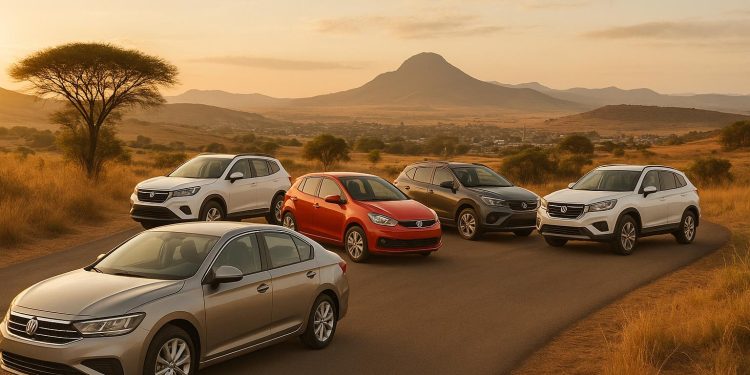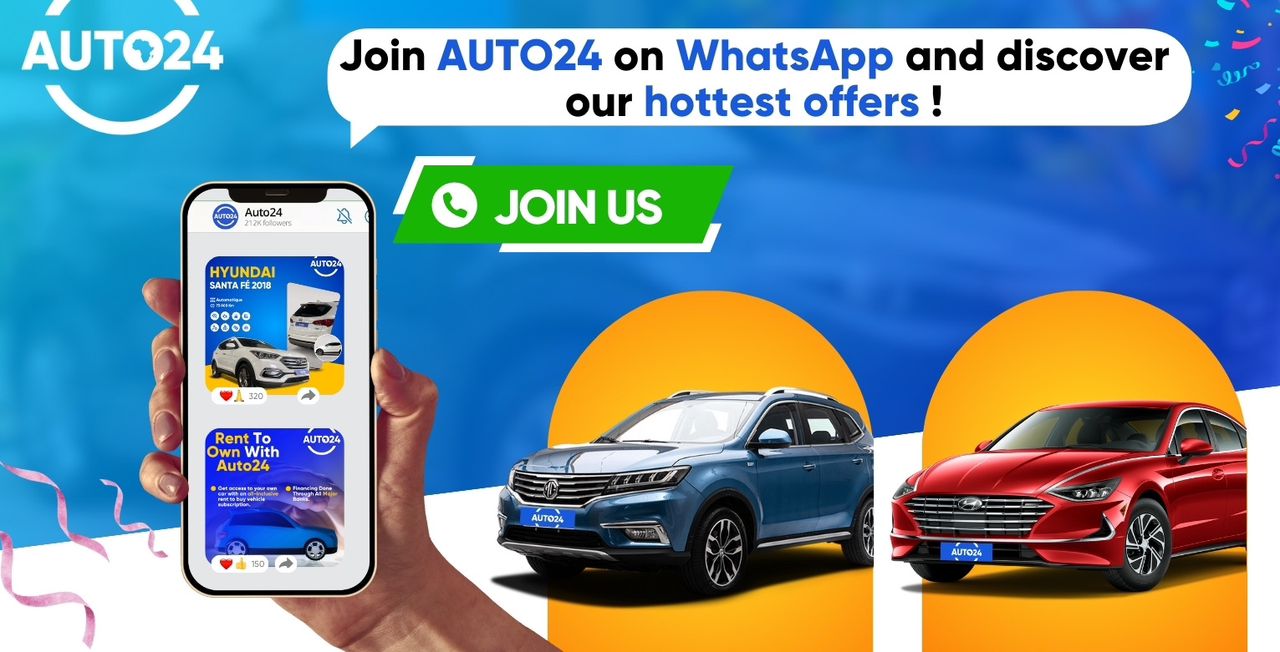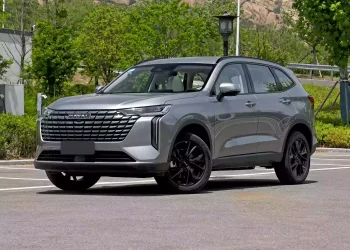Did you know only 20% of South Africans own a car? Yet, preferences vary significantly across the country’s nine provinces. Here’s a quick breakdown of the top car choices and trends:
- Toyota Hilux: Dominates in rural areas like Limpopo and Northern Cape for its rugged reliability.
- Ford Ranger: A favorite in KwaZulu-Natal and Mpumalanga, excelling in both urban and off-road conditions.
- Volkswagen Polo: Rules urban hubs like Gauteng and Western Cape with its compact size and fuel efficiency.
- Toyota Fortuner: Popular in Limpopo for its off-road capabilities.
- Isuzu D-Max: Beloved in Eastern Cape, where it’s locally manufactured.
- Suzuki Swift: Affordable and efficient, a top pick in Mpumalanga.
- Hyundai Tucson: A practical choice in North West for its balance of comfort and performance.
- Nissan NP200: Perfect for small businesses in Free State due to its affordability and durability.
- Toyota Corolla Cross: Leads in Northern Cape for its hybrid efficiency over long distances.
Quick Comparison
| Province | Model | Starting Price (USD) | Fuel Economy (MPG) | Key Advantage |
|---|---|---|---|---|
| Gauteng | Toyota Hilux | $30,161 | 29.4 | Rugged, versatile |
| KwaZulu-Natal | Ford Ranger | $26,438 | 21–28 | Strong towing, off-road-ready |
| Western Cape | Volkswagen Polo | $11,960 | 41.3 | Compact, fuel-efficient |
| Limpopo | Toyota Fortuner | $34,700 | 28.2 | Superior off-road performance |
| Eastern Cape | Isuzu D-Max | $24,800 | 42.3 | Locally made, durable |
| Mpumalanga | Suzuki Swift | $9,675 | 47.9 | Affordable, city-friendly |
| North West | Hyundai Tucson | $28,200 | 28 | Balanced features, warranty |
| Free State | Nissan NP200 | $10,500 | 24.3 | Affordable, practical |
| Northern Cape | Toyota Corolla Cross | $22,378 | 54.7 (Hybrid) | Hybrid efficiency |
South Africa’s car market reflects its diverse geography and lifestyles. Urban areas prefer compact, fuel-efficient cars, while rural regions lean toward durable SUVs and pickups. Rising costs and growing environmental awareness are also shaping trends, with hybrids like the Toyota Corolla Cross gaining traction. Whether you’re a buyer or dealer, understanding these regional preferences is key to navigating the market.
1. Toyota Hilux in Gauteng
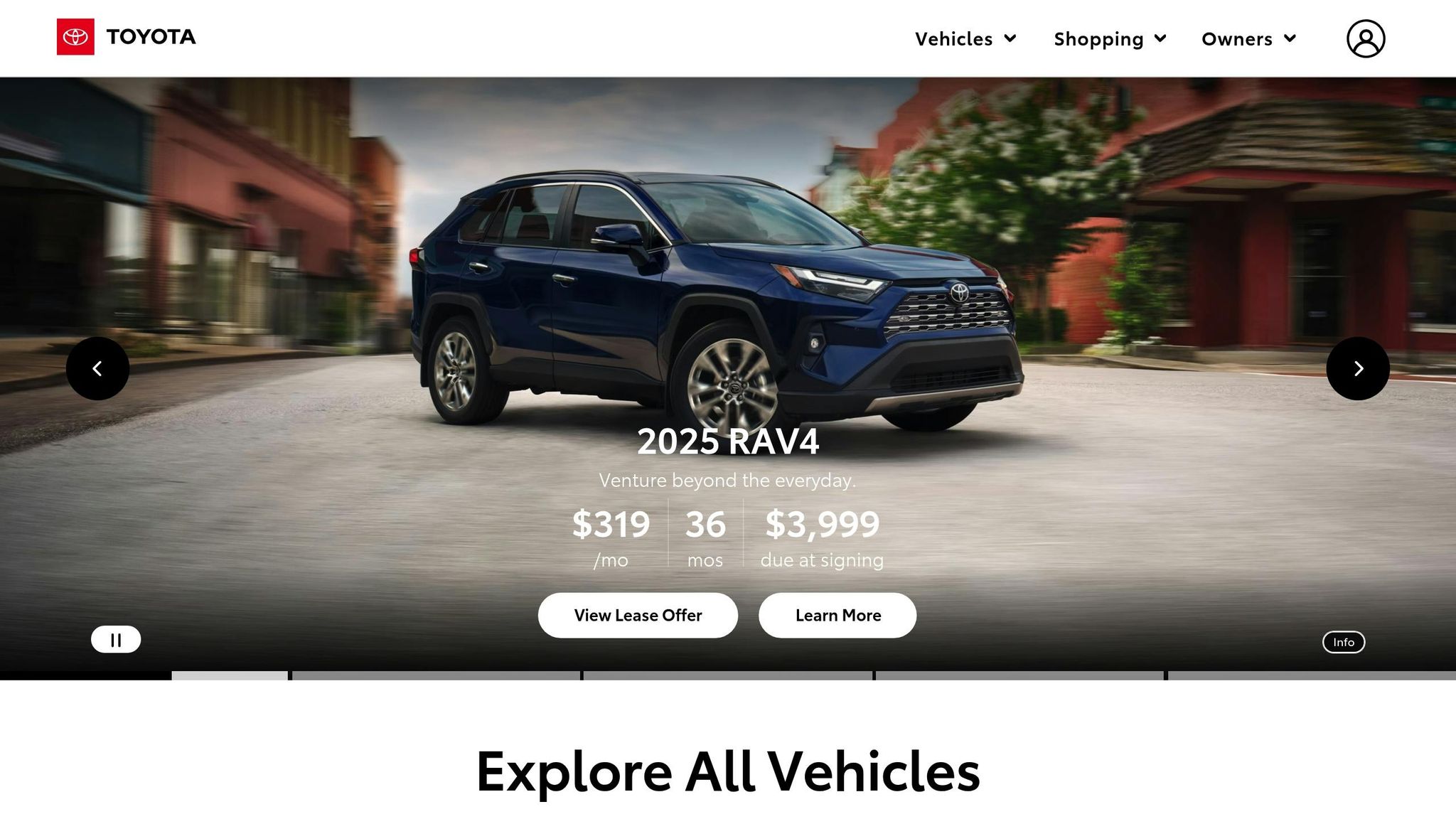
Popularity by Province
The Toyota Hilux stands out in Gauteng, blending urban comfort with rugged practicality. In May 2025, it achieved impressive sales of 2,548 units across South Africa, contributing to Toyota’s total of 10,330 vehicles sold that month. This performance gave Toyota a commanding 29.4% share of the bakkie market in April 2025, far outpacing competitors like Suzuki, which took second place.
Breaking down the sales numbers from the first four months of 2025, the Hilux led the single-cab category with 4,342 units and the extended-cab segment with 1,404 units. Meanwhile, the Ford Ranger emerged as the leader in double-cab sales, with 6,600 units sold during the same period.
"Toyota South Africa’s market share dominance reflects great resilience and determination across our value chain. Despite the many holidays in April, our dealer network kept the momentum going to service our growing customer base. With VAT remaining unchanged, we are confident that the sales trajectory will continue to improve, showcasing an even stronger demand for our products. A heartfelt thank you to everyone involved in helping us maintain our market share. To all our new Toyota customers, welcome to the family."
– Leon Theron, Senior Vice President for Sales and Marketing at Toyota South Africa Motors
These robust sales figures pave the way for competitive pricing strategies that appeal to a wide range of buyers.
Price (USD)
In Gauteng, the Toyota Hilux offers a range of options to fit various budgets. The entry-level 2.4 GD-6 Raider 4×2 is priced at about $30,161 (R542,900), with monthly payments around $473 (R8,515). For those seeking more power, the 2.8 GD-6 Legend 4×2 Auto is available for approximately $43,883 (R789,900), translating to about $688 (R12,390) per month.
At the higher end, the 2025 Toyota Hilux Raider 2.8 GD-6 4×4 is priced at roughly $44,439 (R799,900), while the flagship 2.8 GD-6 4×4 Legend 6AT 48V comes in at about $51,211 (R921,800). These prices position the Hilux as a strong contender against international rivals like the Ford F-150 ($39,445) and Chevrolet Silverado 1500 ($39,195).
Fuel Economy (MPG)
Fuel efficiency is a key consideration for Gauteng drivers who face a mix of city congestion and longer highway commutes. The 2025 Toyota Hilux Raider 2.8 GD-6 4×4 delivers a fuel consumption rate of 8.0L/100km, which translates to approximately 29.4 MPG. Its engine generates 150 kW (201 hp) and 500 Nm (about 369 lb-ft) of torque, offering ample power for daily driving and the occasional off-road adventure.
This balance of efficiency and performance ensures the Hilux is well-suited to the region’s varied driving demands.
Suitability for Regional Factors
Gauteng’s blend of urban centers, mining areas, and rural outskirts calls for a vehicle that can adapt to multiple environments. The Hilux rises to the challenge with a ground clearance of 286 mm (around 11.3 inches), making it equally capable on city streets and rough terrain.
"The Hilux is designed with robust features that handle diverse terrains, coupled with excellent fuel efficiency, making it ideal for both urban and rural driving in South Africa."
– Fosters Toyota
For businesses, the Hilux serves as both a reliable workhorse and a symbol of success. Features like Hill Start Assist and Vehicle Stability Control are invaluable for navigating Gauteng’s varied topography, while a differential lock ensures steady traction in tough conditions. Its strong resale value adds another layer of appeal, making it a smart choice for buyers who see their vehicle as a long-term investment.
2. Ford Ranger in KwaZulu-Natal
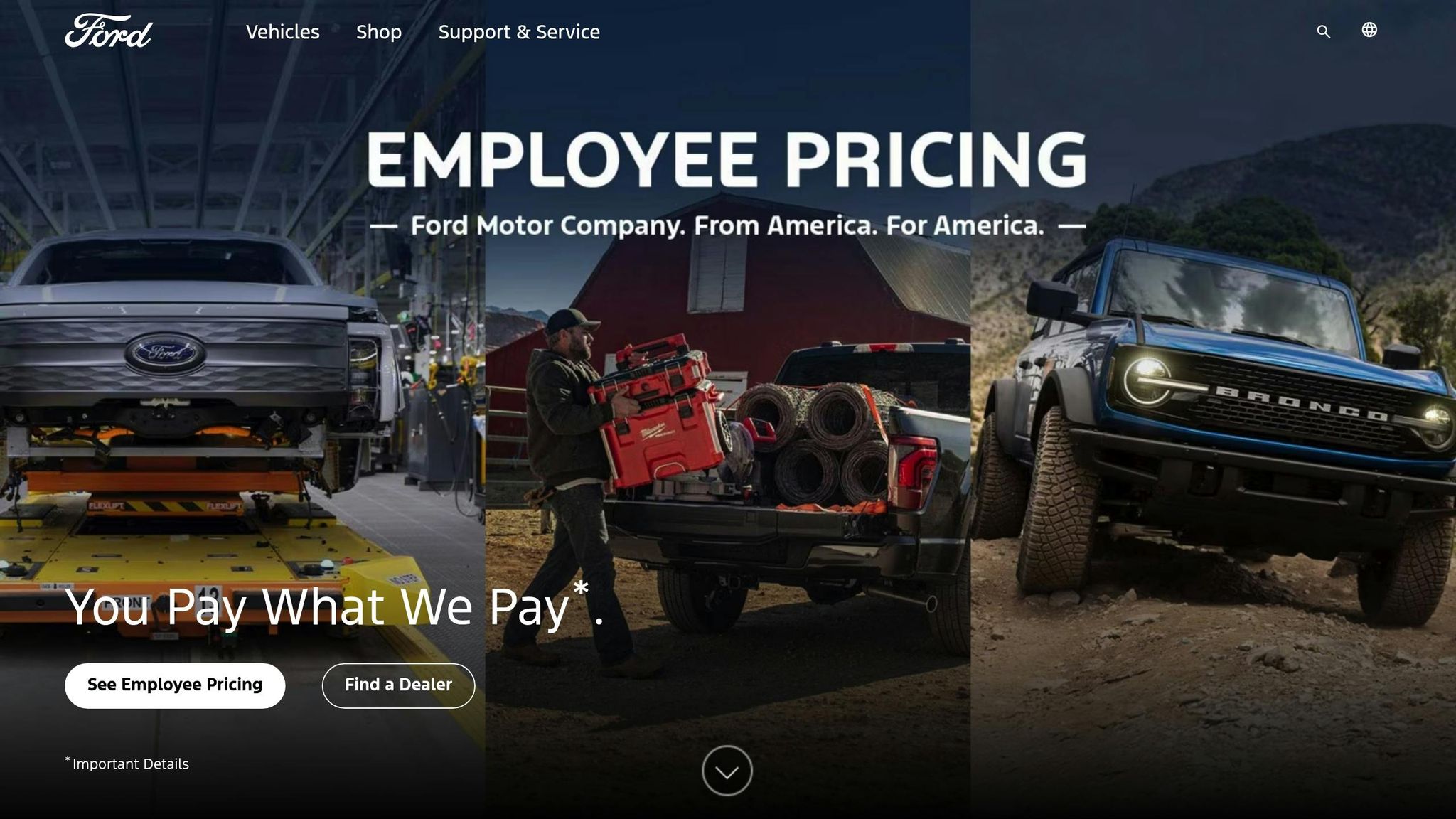
Popularity by Province
In KwaZulu-Natal, the Ford Ranger stands out as the most sought-after pre-owned vehicle. Its popularity isn’t confined to this region alone – it holds the top spot in five of South Africa’s nine provinces.
The sales numbers back up its dominance. In 2024, the Ford Ranger claimed the title of South Africa’s best-selling double-cab bakkie, with 20,078 units sold, securing an impressive 33.4% share of the double-cab market. By April 2025, it had regained second place in overall bakkie sales, moving 1,728 units that month alone.
Ford’s overall performance in South Africa reflects this success. The company sold 32,765 vehicles in 2024, marking a 6.4% growth compared to the previous year. Even in the pre-owned market, the Ranger remains a favorite, with 1,725 units sold in February 2025 alone.
"Now more than ever, customers are seeking affordable, reliable, and dependable vehicles. These are characteristics associated with the Toyota Hilux, Ford Ranger, VW Polo and Polo Vivo. And individuals across the country are responding by purchasing these vehicles in droves."
– George Mienie, CEO of AutoTrader
The Ranger’s appeal doesn’t stop at sales figures – its fuel efficiency further cements its reputation in the region.
Fuel Economy (MPG)
For drivers in KwaZulu-Natal, where roads vary from coastal highways to rugged mountain passes, fuel efficiency is a significant factor. The Ford Ranger 2.2 delivers an average of 21–28 MPG, depending on driving habits and terrain. With disciplined driving, owners can achieve closer to 27 MPG, while faster speeds tend to lower efficiency.
In mixed conditions, including off-road use and towing, owners report long-term averages of 9 to 10 km/l (approximately 21–24 MPG).
Suitability for Regional Factors
The Ford Ranger’s design makes it a great fit for KwaZulu-Natal’s diverse driving conditions. The province boasts 25,600 km of roads, with 6,656 km surfaced and 18,943 km gravel, demanding vehicles that can handle a mix of terrains. The N3 highway, a vital route between Durban and Pietermaritzburg, sees over 1.5 million vehicles annually, underscoring the need for reliable, durable transport options.
Locally manufactured, the Ranger benefits from easy access to parts and service centers across the province. This local support enhances its reliability and ensures it’s well-suited for South African conditions.
KwaZulu-Natal’s recreational activities also highlight the Ranger’s versatility. Whether it’s launching boats at coastal access points or navigating rugged trails to fishing spots, the Ranger is built to handle it all. The availability of off-road recreational areas adds to its appeal for adventure-seekers.
"Motorsport is one of our key brand-building pillars for the Ford Ranger, emphasizing this proudly South African-built bakkie’s exceptional capabilities, quality and reliability, along with its ongoing sales success in the popular double cab segment. It captures the essence of our Live the Ranger Life brand proposition that embodies living without limits, driving innovation and technology, and embracing Ford’s community of passionate Ranger owners in South Africa."
– Tarryn Knight, General Manager of Marketing at Ford South Africa
Ford’s reputation for building tough, versatile vehicles resonates strongly in southern and eastern Africa. The Ranger, in particular, is celebrated for its ability to handle the challenging terrains that define much of KwaZulu-Natal’s landscape.
3. Volkswagen Polo in Western Cape
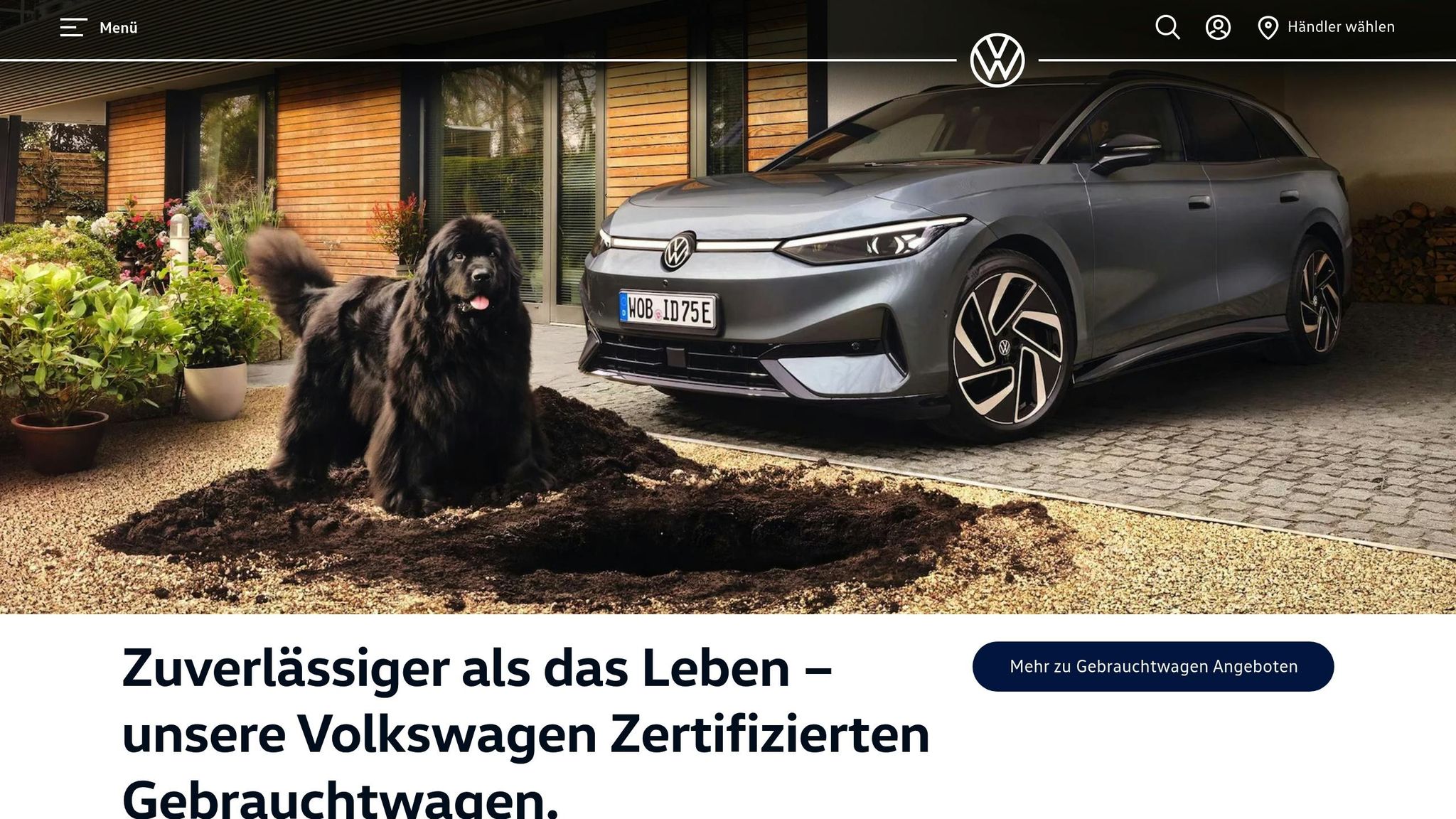
Popularity by Province
The Volkswagen Polo has firmly established itself as the Western Cape’s favorite used car. In 2024, the province accounted for 19% of South Africa’s used car market, with a total of 67,801 vehicles sold nationwide.
Among these, the Polo stood out, with 3,674 units sold, claiming the top spot and pushing the Ford Ranger into second place with 3,525 units. This performance highlights the Polo’s strong appeal and the loyalty it commands among buyers, even in a competitive market.
"The Western Cape’s used car market is a fascinating case study in how buyer priorities are evolving. While long-standing favorites such as the Volkswagen Polo continue to lead, we’re also seeing the rapid rise of newer contenders such as the Toyota Corolla Cross, which has established itself as a top choice despite entering the local market in 2021."
– George Mienie, AutoTrader CEO
The Polo’s widespread popularity also paves the way for varied pricing options, catering to a diverse range of buyers.
Price (USD)
Volkswagen Polo pricing in the Western Cape spans a wide range, depending on the vehicle’s age, condition, and trim level. For instance:
- A 2006 Polo 1.4 Trendline is available for around $5,200.
- A 2014 Polo Hatch 1.2TSI Highline Auto typically sells for about $8,200.
- Newer used models, like the 2019 Polo Hatch 1.0TSI Comfortline, are priced at approximately $12,600.
- A 2024 Polo Hatch 1.0TSI 85kW R-Line can reach up to $26,300.
For those eyeing brand-new options, 2025 models start at $19,700 for the base 1.0TSI variant, with higher-spec versions going up to $23,000. This range ensures that the Polo caters to everyone, from first-time buyers looking for affordability to those seeking premium features in newer models.
Fuel Economy (MPG)
Fuel efficiency is another major selling point for the Polo, especially in a region like the Western Cape where driving often includes a mix of city commutes and longer coastal trips. Equipped with a 1.0TSI engine in many current models, the Polo strikes a balance between performance and fuel savings, making it a practical choice for both daily use and weekend getaways.
This efficiency is particularly valuable in the Western Cape, where residents commonly travel between Cape Town’s bustling city center and destinations like the surrounding wine country or scenic coastal areas. Lower fuel costs help keep overall running expenses manageable.
Suitability for Regional Factors
The Western Cape’s unique coastal conditions demand vehicles that can handle the challenges of salt air and moisture, which often lead to rust over time. The Volkswagen Polo’s solid build quality makes it a reliable choice, but regular maintenance is critical to prevent potential corrosion issues.
Beyond durability, the Polo’s design and functionality make it a versatile option for the region. Whether navigating Cape Town’s busy streets or enjoying scenic drives through the wine country, the car offers a comfortable ride with ample space for passengers and cargo.
"This reflects a shift towards vehicles that offer a balance of practicality, modern features and reliability, suggesting consumers are making more deliberate decisions. The patterns not only highlight changing tastes but also reveal the increasing importance of long-term value in the buying process."
– George Mienie, AutoTrader CEO
Adding to its appeal is the strong Volkswagen dealer presence in the Western Cape, with locations like West Cape Volkswagen in Kraaifontein ensuring easy access to service and parts. This network enhances the Polo’s reputation as a dependable choice for long-term ownership in the region.
4. Toyota Fortuner in Limpopo
Popularity by Province
The Toyota Fortuner holds the crown as Limpopo’s most sought-after SUV. In 2023, Toyota sold an impressive 10,385 Fortuners across South Africa, and by the first half of 2024, 4,973 units had already been sold, reflecting its enduring popularity. Its reputation as South Africa’s favorite SUV is built on a solid foundation of reliability, performance, and adaptability. In Limpopo, the Fortuner shines thanks to its ability to tackle a wide range of driving conditions – whether navigating the bustling streets of Polokwane or handling the tougher, rural roads. Its accessible service network and suitability for the province’s varied terrain further enhance its appeal.
Price (USD)
Using an approximate exchange rate of R18 to $1, here’s what buyers can expect to pay for a Toyota Fortuner in Limpopo:
Newer Models (2023–2025):
- 2025 Fortuner 2.4GD-6 Manual: About $34,700 (listed at R624,900 in Modimolle)
- 2024 Fortuner 2.8GD-6 4×4 VX: Around $45,000 (listed at R809,900 in Polokwane)
- 2025 Fortuner 2.8GD-6 4×4 VX: Up to $46,700 (listed at R839,900 in Bela Bela)
Mid-Range Options (2019–2022):
- 2020 Fortuner 2.4GD-6 Auto: Roughly $23,900 (listed at R429,900 in Polokwane)
- 2021 Fortuner 2.4GD-6: Approximately $27,800 (listed at R499,900 in Burgersfort)
Budget-Friendly Choices:
- 2008 Fortuner 3.0D-4D 4×4: Around $12,500 (listed at R225,000 in Polokwane)
Suitability for Regional Factors
Limpopo’s rugged terrain demands a vehicle that can handle tough conditions, and the Toyota Fortuner fits the bill perfectly. Its ladder-on-frame chassis is designed to withstand harsh environments, offering durability and reliability when roads get rough. The SUV’s diesel engines deliver the necessary power and torque to tackle both city commutes and remote, off-the-beaten-path adventures. Features like 4×4 and all-wheel drive are especially valuable in Limpopo, where sandy roads and uneven landscapes are a daily reality.
The Fortuner’s off-road abilities were put to the test during the March 2019 Toyota Rust de Winter Jamboree, where it handled challenging terrains with ease. Beyond its rugged performance, the Fortuner’s strong build quality and dependable reputation contribute to its excellent resale value, making it a smart long-term choice for residents.
5. Isuzu D-Max in Eastern Cape
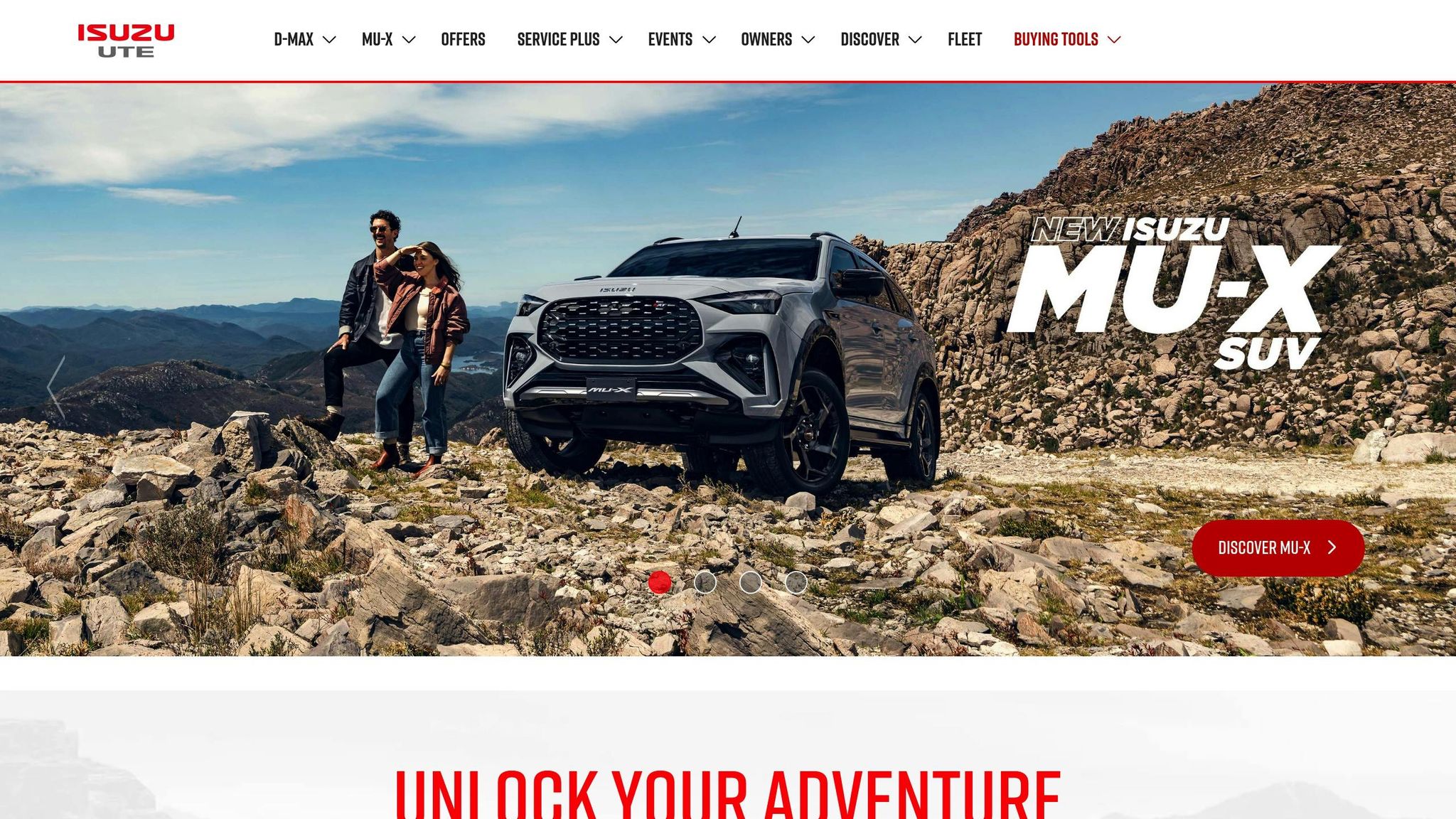
Popularity by Province
The Isuzu D-Max holds a special place in the Eastern Cape, largely because it’s built right there. For 44 years, Isuzu has been producing light commercial vehicles at its Struandale plant in Gqeberha (formerly Port Elizabeth). The D-Max represents the seventh generation of these locally made vehicles, earning deep loyalty from residents who take pride in driving something made in their own community.
This local connection isn’t just sentimental – it comes with real economic benefits. The plant has an annual production target of 29,000 units, backed by an investment of R1.2 billion. This initiative created 1,000 jobs, further cementing Isuzu’s role in supporting the region.
"Both the new generation D-MAX programme and Isuzu’s Struandale plant have been vital to the communities in the Nelson Mandela Bay metro and to the livelihoods of thousands in South Africa and Africa. Following the investment, we are delighted to see our significant efforts bearing fruit as we bring a vehicle re-engineered specifically for African conditions to market."
- Billy Tom, President and CEO of Isuzu Motors South Africa
This local production also plays a key role in ensuring the D-Max is built to meet the needs of its drivers, especially in terms of performance and efficiency.
Fuel Economy
Fuel efficiency is a big selling point for the D-Max, especially for Eastern Cape drivers who often cover long distances. The 1.9 Ddi Double Cab 4×2, for instance, offers impressive numbers: 5.1 L/100 km (46 MPG), a big improvement from the earlier 7.02 L/100 km (33.6 MPG). Controlled tests show it averages around 42.3 MPG, and with its 76-liter fuel tank, drivers can expect a range of about 950 km (590 miles).
"ISUZU customers trust our D-MAX range to deliver superb fuel economy and low running costs, matched to uncompromising reliability and durability, which are essential to keep their vehicles on the road and have fleets running as efficiently and cost-effectively as possible."
- Kevin Fouché, Department Executive: Product Planning and Programme Management at ISUZU Motors South Africa
Suitability for Regional Conditions
The D-Max isn’t just efficient – it’s built to thrive in the Eastern Cape’s varied terrain. From coastal highways to rugged inland roads, the region demands a vehicle capable of handling it all.
Its off-road credentials are impressive. With a ground clearance of 240 mm, a wading depth of 800 mm, and approach and departure angles of 30° and 24°, the D-Max is ready for steep climbs and seasonal floods alike.
In fact, after 10,000 km (6,200 miles) of testing, its 4×4 system and electronic rear differential lock proved reliable on rocky trails and river crossings, making it an ideal choice for the region’s demanding conditions.
6. Suzuki Swift in Mpumalanga
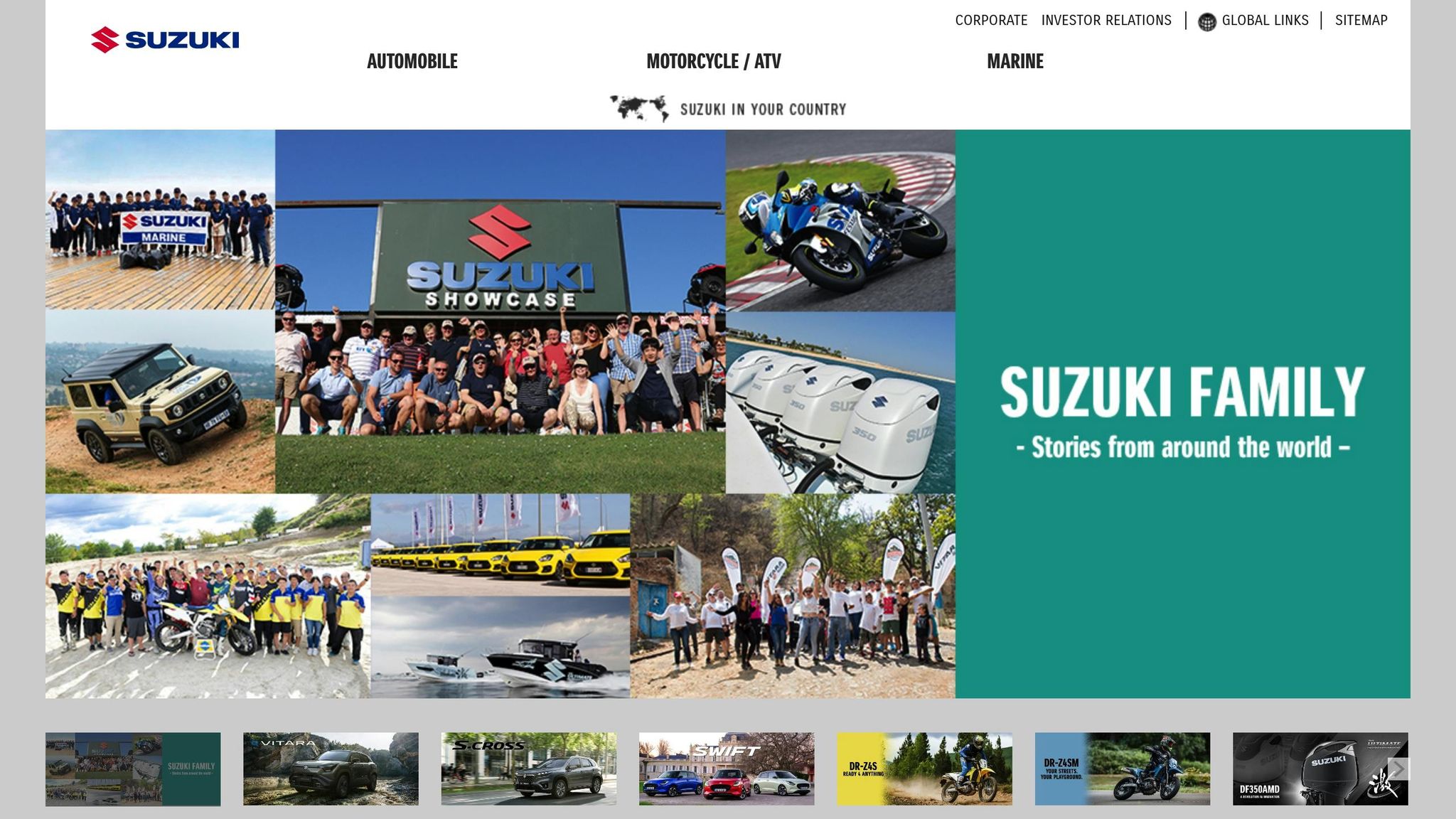
Popularity by Province
The Suzuki Swift has carved out a strong position as a favorite in Mpumalanga, reflecting regional trends in car preferences. Known for its dependability and budget-friendly pricing, the Swift has become a go-to choice for many drivers in the province. In January 2025, it was the best-selling car in South Africa. Suzuki also celebrated a record-breaking month in October 2024, selling 6,006 new passenger vehicles, with 1,179 of those being Swift models. On the pre-owned front, April 2024 saw 482 used Swifts sold, typically three years old with an average of 22,800 miles on the clock.
"Suzuki has a reputation for reliability and affordability, both factors that have driven the brand’s popularity."
- George Mienie, CEO of AutoTrader
These strong sales figures contribute to competitive pricing, which is explored further below.
Price (USD)
The Swift’s affordability is a major factor in its appeal. New 2025 models, like the 1.2 GL+ variant, start at approximately $13,500, while the entry-level 1.2i GA MT model was previously priced around $9,650[62,67,69,71]. For used models, the average price hovers around $11,100, though high-performance versions like the 2020 1.4T Sport Auto can reach about $19,200[63,69].
Fuel Economy (MPG)
Fuel efficiency is another standout feature of the Swift. The fourth-generation model achieves an impressive 4.4 L/100 km (about 53.5 MPG), while earlier versions deliver around 4.9 L/100 km (approximately 48 MPG)[63,64].
"The previous model proved a strong seller for us, so we have high hopes for this exciting new addition to the Suzuki range."
- Henno Havenga, General Manager of Sales and Marketing at Suzuki Auto South Africa
Suitability for Regional Factors
Mpumalanga’s diverse terrain, ranging from the Highveld’s mountains to the Lowveld’s subtropical regions, presents unique driving challenges. The Swift’s 1.2-liter engine is well-suited for both city streets and highways, while safety features like the HEARTECT platform and six airbags provide peace of mind on various road types. However, the car’s low ground clearance can be a drawback on rough rural roads, leading some owners to install heavy-duty coil springs for better comfort and clearance. Fortunately, the Swift’s widespread presence in towns such as Nelspruit, Middelburg, Secunda, and White River ensures easy access to parts and servicing when needed[69,70].
sbb-itb-09752ea
7. Hyundai Tucson in North West
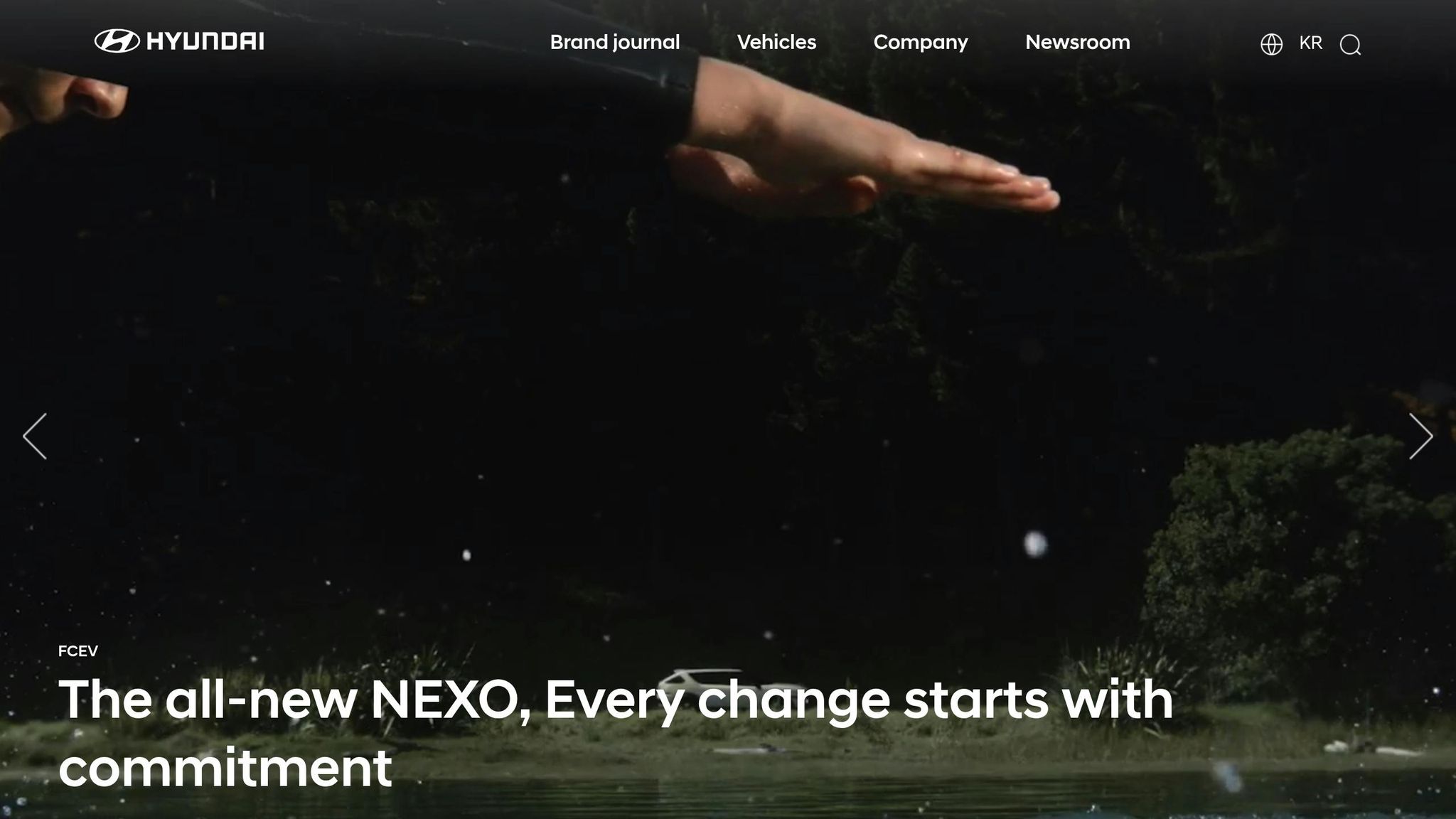
Popularity by Province
The Hyundai Tucson has become a standout SUV choice in North West province, thanks to models designed to meet the area’s unique driving needs. In 2023, SUVs and crossovers made up 50.9% of Hyundai’s total sales in South Africa. The Tucson’s mix of affordability, features, and comfort has allowed it to capture a notable share of the market. Its practicality makes it a reliable option for both city streets and the more rugged rural roads in the region.
Price (USD)
The 2025 Hyundai Tucson SE has a starting MSRP of $30,155, with pricing ranging between $28,705 and $41,295. In South Africa, the Tucson N Line is priced at R799,900, fitting neatly between competitors like the Mazda CX-5 2.2L DE Akera AWD (R777,500) and the VW Tiguan 2.0 TDI R-Line 4MOTION (R818,600). Hyundai’s reputation for offering more features and superior interior quality compared to rivals like the Honda CR-V and Toyota RAV4 makes the Tucson a compelling option for buyers in North West.
Fuel Economy (MPG)
Fuel efficiency is a key consideration in North West province, where long distances between towns are common. The 2025 Hyundai Tucson offers a combined fuel economy of 28 MPG. Front-wheel-drive models deliver an EPA-estimated 25 MPG in the city, 33 MPG on the highway, and 28 MPG combined, while all-wheel-drive versions achieve 24 MPG city, 30 MPG highway, and 26 MPG combined. With a 14.5-gallon fuel tank, the Tucson provides a solid driving range, making it a dependable choice for the province’s expansive roadways.
"All figures are EPA estimates and for comparison purposes only. Actual mileage may vary with options, driving conditions, driving habits and vehicle’s condition."
Suitability for Regional Factors
The Tucson is built to handle the varied demands of North West’s terrain. Its spacious interior, smooth ride, and extensive warranty coverage make it a versatile choice. Hyundai offers a 7-year/124,274-mile warranty and a 5-year/55,923-mile service plan, providing extra peace of mind for drivers. With a reliability score of 94.3%, an Edmunds rating of 7.9/10, and average consumer reviews of 4 stars, the Tucson is well-suited for both urban and rural environments. While the base engine may feel a bit underpowered at times, the vehicle remains a strong contender for the region’s diverse driving needs. Designed to handle "any urban landscape", the Tucson proves equally capable on rural roads.
8. Nissan NP200 in Free State
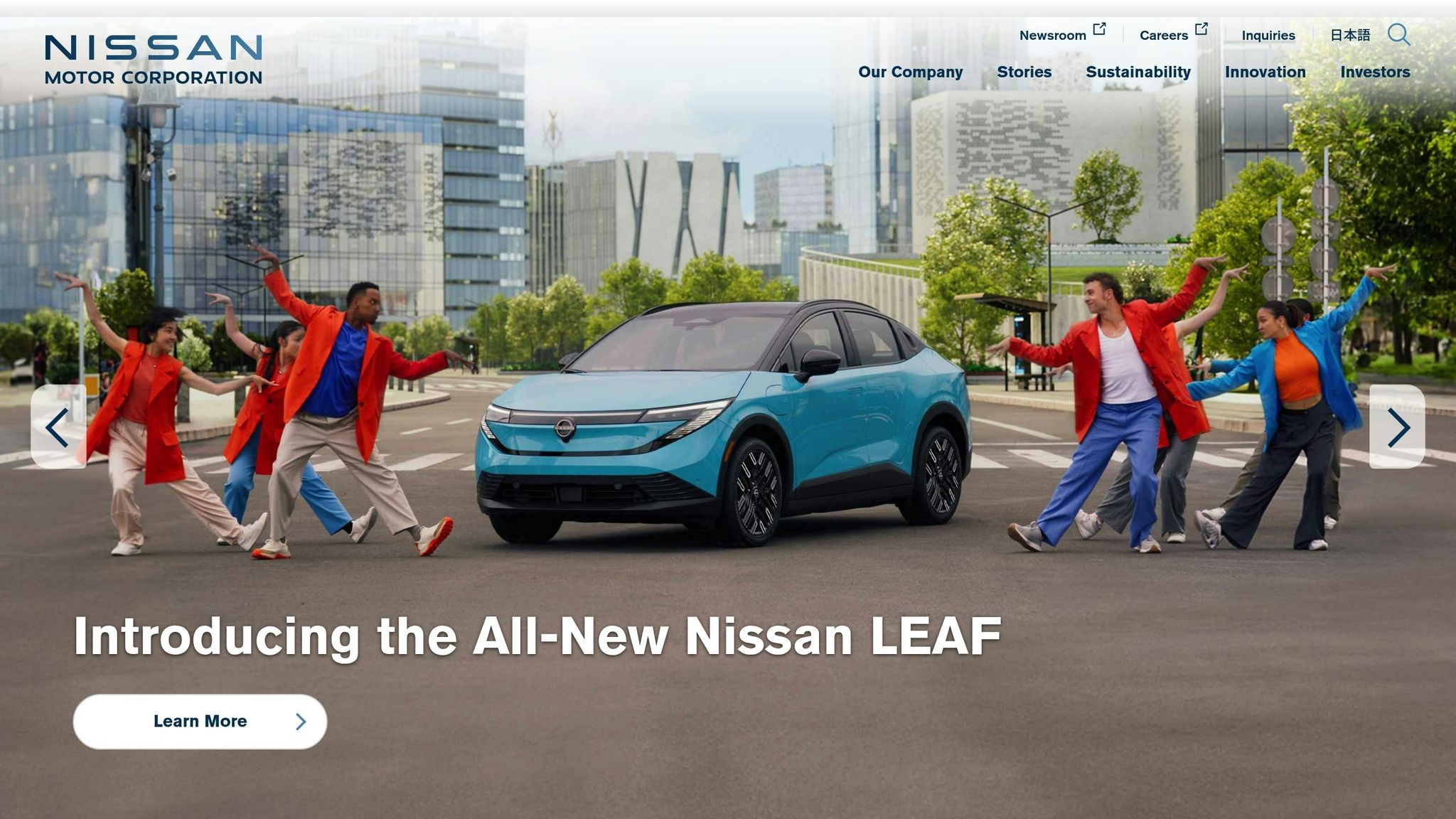
Popularity by Province
In the Free State, the Nissan NP200 has become a go-to option for small business owners and families looking for a reliable half-ton pickup. As the modern successor to the iconic 1400 Nissan bakkie, the NP200 continues to uphold its reputation for dependability. Often described as a "perfect all-rounder", it strikes a balance between affordability and durability, making it an attractive choice for those juggling daily commutes and weekend work demands. This strong local appeal highlights why the NP200 remains a staple in the region.
Price (USD)
Since the NP200 is no longer in production, buyers in the Free State rely on the used car market. Prices for pre-owned models vary, with older versions like the 2014 model starting around $5,555, while newer 2023 models can reach up to $10,555. A 2019 NP200 1.5 DCi typically costs about $8,883, and 2022 models range between $7,417 and $11,611[90,91].
Fuel Economy
Fuel efficiency is a major selling point for the NP200, especially for Free State drivers who often cover long distances between towns or rural areas. The entry-level model delivers approximately 24.3 MPG (9.7 l/100 km), offering an economical solution for those mindful of operating costs. Even when carrying a payload of up to 1,764 pounds, the NP200 maintains efficiency, making it practical for both personal and work-related use.
Suitability for Regional Factors
The NP200 is well-suited to the Free State’s diverse terrain and weather conditions. Its robust powertrain is designed to handle mixed surfaces and varying climates, ensuring reliable performance. With a load volume of about 44 cubic feet (roughly 1,250 liters) and customization options like tow bars or canopies, the NP200 adapts to meet specific regional needs. Drivers in the area also value its top-tier payload capacity, spacious load box, and overall dimensions within its class[84,85].
Overall Reliability and Practicality
Known for its reliability and cost-effective design, the NP200 is a trusted choice for those seeking dependable transportation. While its interior may lack the luxury of more premium models, its straightforward, practical design aligns perfectly with the needs of Free State residents who prioritize function over frills[87,90].
9. Toyota Corolla Cross in Northern Cape
Popularity by Province
In the Northern Cape, where long distances are the norm, fuel-efficient vehicles are a practical necessity. The Toyota Corolla Cross has become a standout choice, thanks to its balance of style and functionality. Toyota’s focus on hybrid technology shines here, with over 75% of its Corolla hybrids sold in 2023 being the Corolla Cross Hybrid. In fact, more than half of all Toyota Corolla sales in South Africa’s Northern Cape are now hybrid models, underscoring the vehicle’s appeal in this region.
Price (USD)
The Corolla Cross offers a range of trims to suit different budgets, making it an attractive option for buyers in the Northern Cape. Prices start at $22,378 for the entry-level 1.8 Xi and go up to $24,408 for the 1.8 XS. Hybrid enthusiasts can choose from options like the 1.8 HEV XS at $26,691 or the 1.8 XR at $27,081. For a sportier feel, the GR-Sport is available at $27,986, while premium hybrid trims like the 1.8 HEV XR and 1.8 HEV GR-Sport are priced at $29,443 and $30,332, respectively.
Fuel Economy
Fuel efficiency is a major selling point for the Corolla Cross, especially in a province where extensive travel is a regular part of life. The hybrid model achieves an impressive average of 4.3L/100km (54.7 MPG), while the petrol version averages 6.8L/100km (34.6 MPG). For 2024, the combined efficiency across models stands at 6.7L/100km (35.1 MPG).
Suitability for Regional Factors
The Northern Cape’s arid and semi-arid climate, with an average annual rainfall of just 202 mm, creates challenging driving conditions, including dusty roads. The Toyota Corolla Cross is well-suited to these demands, offering durability and low maintenance. Its enhanced ground clearance and sturdy suspension make it a reliable choice for both highways and gravel roads. Whether navigating long stretches of open road or tackling rougher terrain, the Corolla Cross delivers a comfortable and dependable driving experience. These qualities make it a standout option for drivers in the Northern Cape.
Top 10 Best Selling Cars in South Africa
Pros and Cons
The table below highlights the strengths and weaknesses of top vehicle models across various provinces. These models reflect the unique driving conditions, economic factors, and lifestyles in each region.
| Province | Model | Starting Price (USD) | Fuel Economy (MPG) | Key Advantages | Main Drawbacks |
|---|---|---|---|---|---|
| Gauteng | Toyota Hilux | $27,000 | 25.2 | Excellent cargo capacity, proven reliability | Higher fuel costs, expensive maintenance |
| KwaZulu-Natal | Ford Ranger | $26,438 | 23.5 | Strong towing capability, robust build | Poor city fuel economy, large parking footprint |
| Western Cape | Volkswagen Polo | $11,960 | 41.3 | Outstanding fuel efficiency, easy city parking | Limited cargo space, less ground clearance |
| Limpopo | Toyota Fortuner | $32,500 | 28.2 | Superior off-road performance, spacious interior | High purchase price, increased maintenance costs |
| Eastern Cape | Isuzu D-Max | $24,800 | 26.4 | Competitive pricing, good payload capacity | Less refined ride quality, simplistic interior design |
| Mpumalanga | Suzuki Swift | $9,675 | 47.9 | Lowest purchase price, excellent city maneuverability | Limited cargo space, limited highway power |
| North West | Hyundai Tucson | $28,200 | 32.1 | Balanced performance, comprehensive warranty | Higher insurance premiums, moderate fuel costs |
| Free State | Nissan NP200 | $10,500 | 35.6 | Affordable for commercial use, low running costs | Basic comfort features, limited passenger space |
| Northern Cape | Toyota Corolla Cross | $22,378 | 54.7 (Hybrid) | Best-in-class fuel efficiency with hybrid technology | Higher initial cost for hybrid models |
What Influences Vehicle Choices?
Rural and urban settings significantly shape vehicle preferences. In rural areas, SUVs and pickups dominate due to their off-road capabilities and spacious interiors. For example, the Toyota Fortuner in Limpopo and the Ford Ranger in KwaZulu-Natal are ideal for rough terrains, thanks to features like all-wheel drive, higher ground clearance, and ample cargo and cabin space. However, these perks come with trade-offs – higher fuel consumption and increased maintenance costs due to their complex mechanical systems.
In contrast, compact sedans and hatchbacks shine in urban settings. Their smaller size makes them easy to park and maneuver in tight spaces, while their fuel efficiency and lower maintenance costs keep them budget-friendly for daily commutes. Models like the Suzuki Swift and Volkswagen Polo are great examples, offering fuel economies of 47.9 MPG and 41.3 MPG, respectively. The Toyota Corolla Cross Hybrid takes efficiency to another level, achieving an impressive 54.7 MPG.
Cost and Safety Considerations
When it comes to affordability, compact cars often have the edge. The Suzuki Swift, with its $9,675 starting price, is a prime example of a budget-friendly option. On the other hand, SUVs like the Toyota Fortuner require a much higher initial investment. Maintenance costs also tend to be lower for sedans, as their spare parts and servicing are generally less expensive.
Safety is another factor where sedans often excel. Their lower center of gravity reduces the risk of rollovers, making them a safer choice for city driving.
Making the Right Choice
The decision boils down to priorities. If you need off-road capability and extra space, an SUV might be the way to go. But if fuel efficiency, affordability, and urban convenience are what you’re after, a compact car is likely the better fit. Each vehicle type caters to specific needs, ensuring there’s an option for everyone.
Conclusion
South Africa’s automotive market is a fascinating mix of regional preferences shaped by geography, lifestyle, and economic factors. Each province leans toward vehicles that suit its specific driving conditions, creating a diverse landscape of consumer choices.
There’s a noticeable divide between urban and rural markets. In cities, smaller vehicles dominate due to their fuel efficiency and ease of navigation in tight spaces. Meanwhile, rural areas favor larger SUVs and pickups for their toughness and ability to handle heavier loads. These contrasting preferences highlight how consumer behavior varies across the country.
In the first quarter of 2025, passenger car sales hit 102,268 units. Notably, there was a 27.9% year-over-year jump in vehicle financing among Generation Z buyers. However, rising costs are pushing many consumers to hold onto their vehicles for six to eight years.
"South African consumers are returning to the vehicle market with a clear focus on value and flexibility",
says Lee Naik, CEO of TransUnion Africa.
Social media is playing a massive role in shaping purchasing decisions, with 76% of South Africans using these platforms for product research. On average, people spend over 3.5 hours daily on social media. This digital influence is reshaping the market alongside other shifts, such as the gradual rise of electric vehicles and fierce competition from international brands.
Electric vehicles are slowly gaining traction as government incentives and growing environmental awareness help address challenges like infrastructure and costs. At the same time, Chinese automakers are shaking things up with competitive pricing and a strong focus on electric models.
For buyers, staying informed about these trends can make a big difference when it comes to resale values and service availability. For dealers, understanding regional demands and emerging shifts can refine inventory management and marketing strategies. As the market leans toward affordability and digital-first interactions, success will hinge on adapting to these changes while maintaining the reliability and value that South African consumers expect. By combining local insights with these broader trends, both buyers and dealers can confidently navigate a market in the midst of transformation.
FAQs
Why are certain car models more popular in specific provinces of South Africa?
Certain car models tend to dominate in specific provinces of South Africa, influenced by a mix of regional manufacturing hubs, local tastes, and economic conditions. Take Gauteng, for example. With over 4,000,000 registered vehicles, it stands as a key economic hub and hosts several car manufacturing plants. This makes brands like Volkswagen and Toyota, which are produced locally, especially popular among residents.
Other factors, such as cost-effectiveness, fuel efficiency, and accessibility through nearby dealerships, also shape buying decisions. In provinces like KwaZulu-Natal and the Eastern Cape, local preferences and regional needs further steer the popularity of certain models. These trends show how manufacturing, economic activity, and consumer priorities come together to influence vehicle choices across the country.
What does the growing popularity of hybrid cars like the Toyota Corolla Cross say about environmental awareness in South Africa?
The growing interest in hybrid vehicles, like the Toyota Corolla Cross, points to an increasing awareness of environmental issues among South African drivers. More and more people are focusing on fuel efficiency and reduced emissions, signaling a clear move toward eco-friendlier transportation options.
This shift is fueled by a mix of environmental concerns and the desire to cut fuel expenses, even as South Africa remains heavily dependent on coal-based energy. It marks a meaningful progression toward adopting greener technologies, despite the hurdles presented by the nation’s energy landscape.
What should South African car buyers consider when deciding between an SUV and a compact car for their region?
When deciding between an SUV and a compact car, South African buyers should weigh factors like road conditions and terrain. SUVs shine on rough or uneven surfaces, making them perfect for off-road adventures. On the other hand, compact cars are better suited for smooth city roads and highways, where they deliver a more streamlined driving experience.
Another important consideration is fuel efficiency. Compact cars usually consume less fuel, which makes them a budget-friendly option for daily commutes. SUVs, while less fuel-efficient, offer flexibility and can handle a wider range of driving scenarios.
Lastly, think about space, comfort, and long-term costs. SUVs often boast more cargo room and a higher seating position, which some drivers find appealing. However, compact cars tend to have lower maintenance costs, better stability, and are easier to navigate through busy urban streets. Each option has its strengths, depending on your lifestyle and driving needs.
Related posts
- Factors That Influence Used Car Prices in South Africa
- Top 5 Cars for South African Roads
- Luxury vs Budget Cars: SA Market Trends 2025
- Most sold cars in Johannesburg

